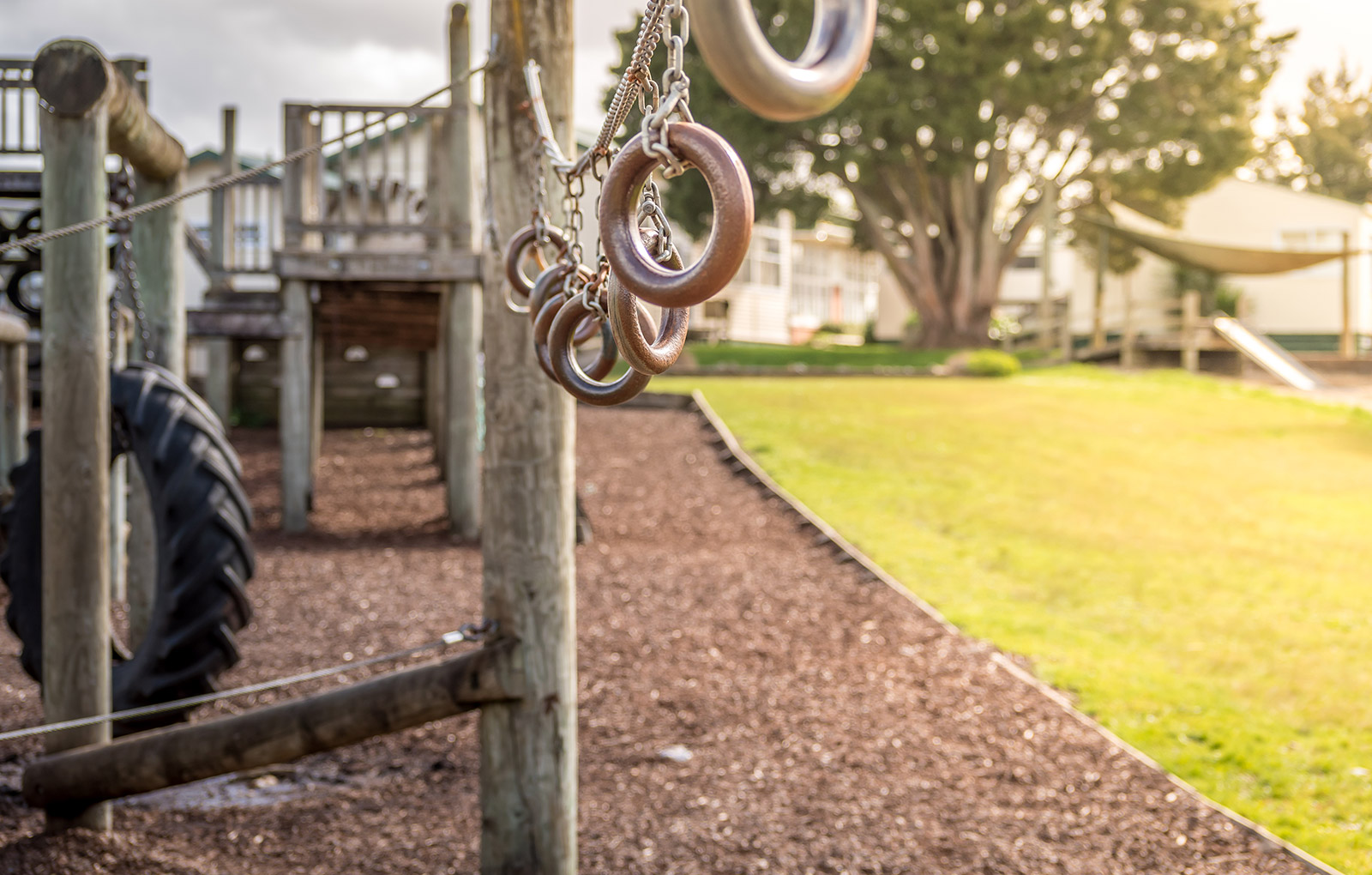How COVID-19 spreads
How COVID-19 spreads
COVID-19 is spread from person to person. When an infected person breathes, speaks, coughs, sneezes or sings, they may spread particles containing the virus.
These particles range in size. Larger and heavier particles — droplets — quickly fall to the ground or other surfaces within seconds or minutes. Smaller particles — aerosols — can remain airborne for minutes to hours.
COVID-19 is mostly spread by aerosols, which is why air ventilation is important. Getting COVID-19 off a surface is less common, but it is still important to clean surfaces to reduce the risk.
The risk of airborne transmission becomes higher:
- in enclosed spaces that do not have good airflow
- in crowded places with many people nearby
- in close-contact settings, such as close-range conversations, singing, or shouting.
The risk is lower outside, with fewer people, and if people are widely spread.
